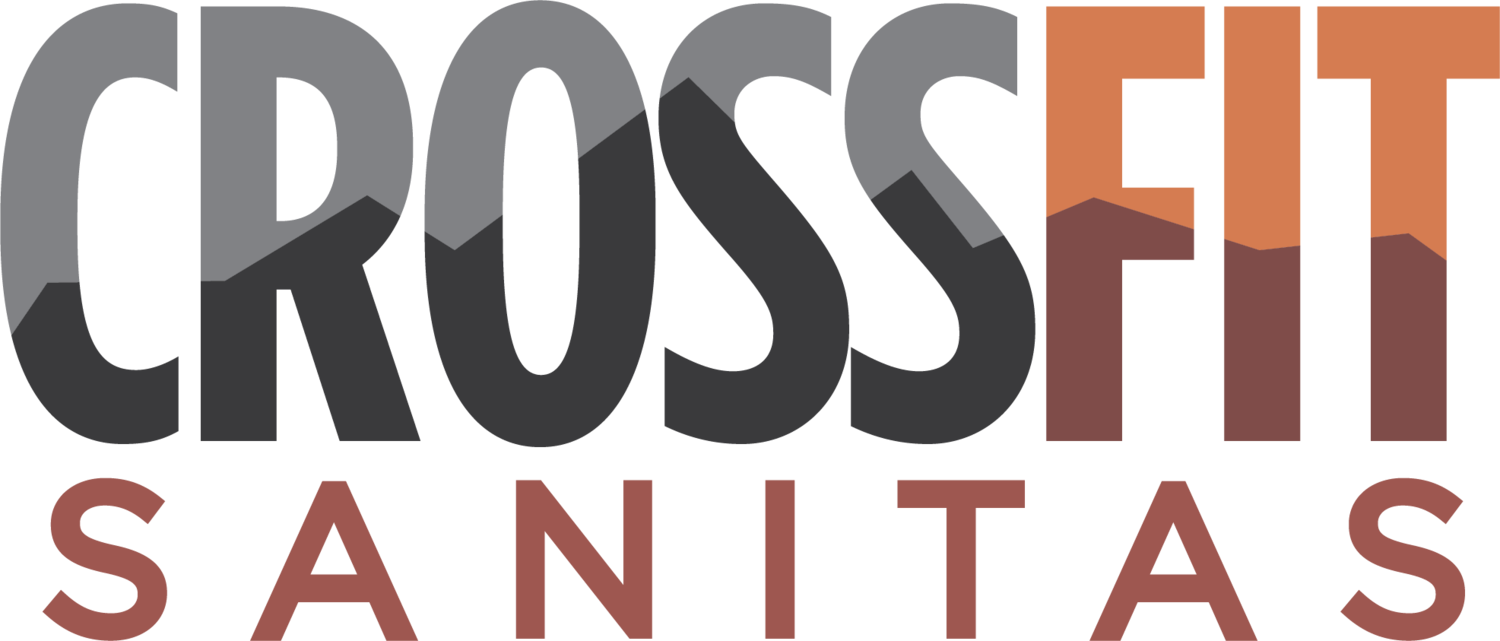The Best Cooking Method for Nutrient Retention
Alright, you've honed your macros, you're getting all your veggies, and your hydration is on point. Now: are you getting all the nutrients you can from your food?
We were pumped to find "To Poach, Sauté, or Microwave? That Is the Question.," a post on Chris Kresser's site about the ins and outs of cooking methods. In it, he covers everything from the best cooking methods for various foods to health risks.
Below are our 3 main takeaways from the piece, but we encourage you to read the whole thing. You'll learn a ton and may be inspired for new ways to make your meal prep faster and more convenient!
There is no perfect cooking method that retains all of the nutrients in a type of food. Err towards using the method that maximizes the nutrient density of the food and minimizes inflammatory compounds, but don’t feel the need to cook it the same way every time.
As a general rule, cooking meat for shorter periods of time at lower temperatures will result in the most nutrient retention and least formation of inflammatory compounds. Take the time to marinate in advance, and pay attention to foods that can pair with it to enhance its nutrient bioavailability.
The best method to cook vegetables is the method where you’ll actually eat them. If that means stir-frying your broccoli in butter instead of steaming it, so be it. At the end of the day, your enjoyment of food matters, and vegetables cooked using any method are better than no vegetables at all.
Keep up the good work, team!


